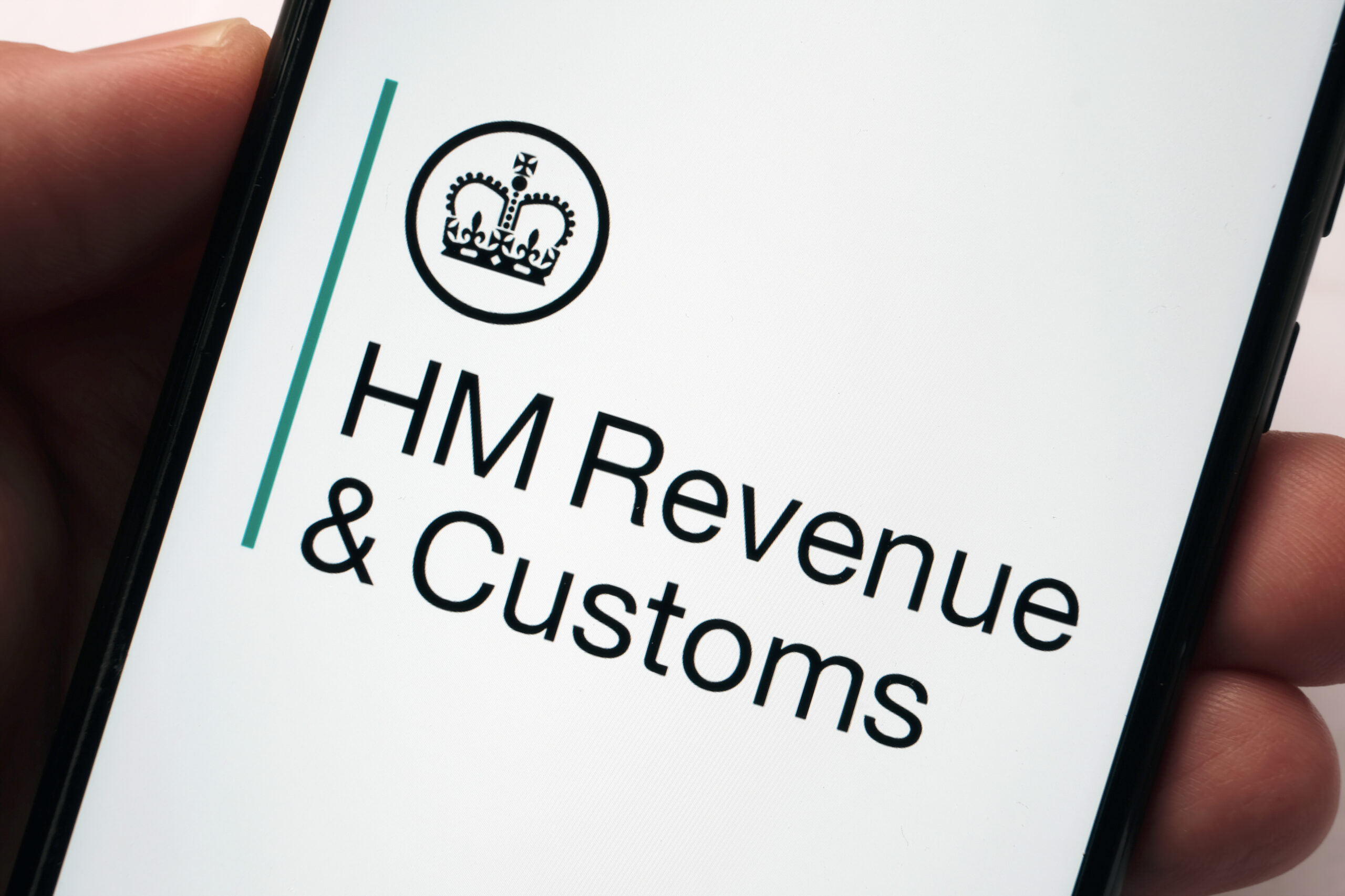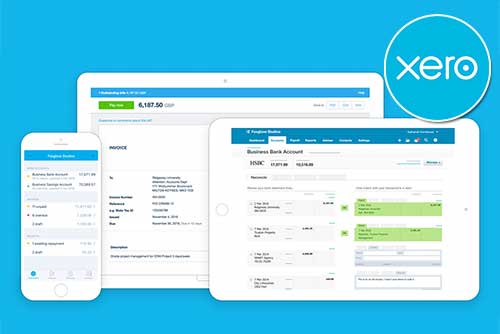Understanding COGS: An In-Depth Look at Costs of Goods Sold
Cost of Goods Sold (COGS) stands as a cornerstone metric that serves as an indicator of how effectively a company utilises its resources to produce goods or services, providing a direct reflection of the efficiency and effectiveness of its production processes. By analysing COGS, stakeholders can identify areas of strength and opportunities for improvement.
In this article, we’ll explore the definition of COGS, how to calculate COGS, and how to optimise it.
What Does Cost of Goods Sold (COGS) Mean?
Cost of Goods Sold (COGS) refers to the direct costs incurred in producing or purchasing the goods that a company sells during a specific period. These costs include expenses directly associated with the production or acquisition of the products or services that a company sells to generate revenue.
COGS provides insights into the profitability of a company’s core operations by subtracting COGS from revenue to calculate gross profit.
Examples of COGS
- Cost of Raw Materials: This refers to the direct costs of materials and components used in the production of goods. For example, in a furniture manufacturing business, the cost of wood, nails, and varnish would be included as raw materials.
- Direct Labour Cost: This is the cost of wages or salaries paid to employees who are directly involved in the production of goods or services. This includes factory workers, assembly line staff, or any worker whose efforts go into creating the final product.
- Manufacturing Overhead: These are the indirect costs associated with the production process, such as utilities, equipment maintenance, rent, and supervision costs. Manufacturing overhead cannot be traced directly to a specific product but is necessary for the production process.
- Cost of Inventory Purchased for Resale: This includes the cost of purchasing finished goods that a business intends to resell. For example, if a retailer buys products from a supplier to sell in-store or online, the cost of those products is part of COGS.
- Cost of Packaging Materials: This refers to the expenses incurred for the materials used to package a product for sale, such as boxes, labels, or wrapping. Packaging materials are often necessary for the distribution and sale of the product.
These components together make up the total COGS, which is subtracted from revenue to determine a company’s gross profit.
What’s the Difference Between COGs and Operating Expenses?
Cost of Goods Sold (COGS) refers to the direct expenses incurred in producing or purchasing goods sold by a company, including raw materials, direct labour, and manufacturing overhead. These costs are directly tied to revenue and are subtracted from sales to calculate gross profit.
On the other hand, operating expenses encompass all other expenses incurred in the day-to-day operations of the business, such as administrative costs, salaries, rent, and marketing expenses, which are subtracted from gross profit to determine operating income.
While COGS reflects the cost of producing goods, operating expenses represent the broader costs of running the business, both of which impact the overall profitability and financial performance of the company.
How to Calculate Cost of Goods Sold (COGs)
Calculating Cost of Goods Sold (COGS) involves summing up all the direct costs associated with producing or acquiring the goods that were sold during a specific accounting period.
Here’s a general formula for calculating COGS:
COGS = (Beginning Inventory + Purchases) – Ending Inventory
Where:
- Beginning Inventory: The value of inventory on hand at the beginning of the accounting period.
- Purchases: The total cost of inventory purchased or produced during the accounting period. This includes the cost of raw materials, direct labour, and manufacturing overhead for manufacturing companies, or the cost of inventory purchased for resale for retail businesses.
- Ending Inventory: The value of inventory on hand at the end of the accounting period. This includes the cost of all unsold goods remaining in inventory at the end of the period.
Accounting for Cost of Goods Sold
Inventory valuation methods for COGS determine how the cost of goods sold (COGS) and ending inventory are calculated. Here are three common inventory valuation methods:
First-In, First-Out (FIFO)
FIFO assumes that the oldest inventory items are sold first. In other words, the cost of goods sold is based on the cost of the oldest inventory items available. When prices are rising, FIFO results in lower COGS and higher ending inventory valuation because the older, lower-cost items are considered to be sold first. This method tends to reflect the current market value of inventory more accurately when prices are rising.
Last-In, First-Out (LIFO)
LIFO assumes that the newest inventory items are sold first. Therefore, the cost of goods sold is based on the cost of the most recently acquired inventory items. When prices are rising, LIFO results in higher COGS and lower ending inventory valuation because the higher-cost items are considered to be sold first. LIFO may be used for tax purposes, but it may not reflect the current market value of inventory accurately, especially during periods of rising prices.
Weighted Average Cost
The weighted average cost method calculates the average cost of inventory items by dividing the total cost of goods available for sale by the total number of units available for sale. This method smooths out price fluctuations over time and is often used when inventory items are interchangeable or when it’s impractical to track specific costs for each item. Weighted average cost may provide a more stable and predictable cost of goods sold over time compared to FIFO or LIFO.
These inventory valuation methods impact the calculation of COGS and can have significant implications for financial reporting, tax obligations, and decision-making.
Why is the Cost of Goods Sold (COGS) Important?
Tracking the Cost of Goods Sold (COGS) is essential for several reasons:
Impact on Profitability
COGs play a role in determining a business’s profitability. When COGs rise, it often signals a squeeze on gross margins, potentially leading to operating losses. This is why it’s crucial to monitor these costs regularly, ideally on a monthly basis. By comparing the current month’s COGs or the year-to-date COGS with the same period in the previous year, businesses can identify trends and take corrective action if necessary.
Influence on Pricing Strategies
Businesses often use COGS as a basis for cost-plus pricing, where they add a markup to the COGS to determine the selling price. By accurately tracking COGS, businesses can ensure that their pricing covers both direct costs and desired profit margins.
Understanding COGS also allows businesses to benchmark their pricing against competitors. If a company’s COGS is lower than competitors, they may be able to offer lower prices while maintaining profitability or capture additional market share by offering similar prices with higher margins
Role in Inventory Management
The direct costs of creating a product, which form the COGs, directly influence how a business manages its inventory. For instance, if the costs of production rise due to an increase in labour or material expenses, a business might decide to reduce its inventory to keep the COGs in check. This is because the higher the inventory, the higher the COGs, which can negatively impact the business’s bottom line.
On the other hand, if the costs of production decrease, a business might choose to increase its inventory. This is because lower COGs can allow a business to hold more inventory without negatively affecting its profitability.
Ways to Reduce Cost of Goods Sold (COGs)
There are several strategies businesses can employ to reduce the Cost of Goods Sold (COGS):
- Supplier Negotiation: Negotiating better prices with suppliers can lead to cost savings on raw materials, components, or finished goods. This could involve leveraging purchasing volume, seeking long-term contracts, or exploring alternative suppliers.
- Improved Production Processes: Streamlining production processes, optimising workflows, and investing in efficiency improvements can help reduce labour costs, minimise waste, and increase productivity, ultimately lowering the cost per unit produced.
- Inventory Management: Implementing effective inventory management practices, such as just-in-time inventory, demand forecasting, and inventory optimisation techniques, can reduce carrying costs, minimise stockouts, and prevent overstocking, lowering overall COGS.
- Economies of Scale: Increasing production volume can often lead to economies of scale, where fixed costs are spread over a larger number of units, resulting in lower average production costs and reduced COGS per unit.
The Significance of COGs in Business Management
The Cost of Goods Sold (COGS) is crucial in business management as it directly impacts profitability by representing the direct expenses associated with producing or purchasing goods sold, influencing pricing strategies, inventory management, and overall financial performance.





















